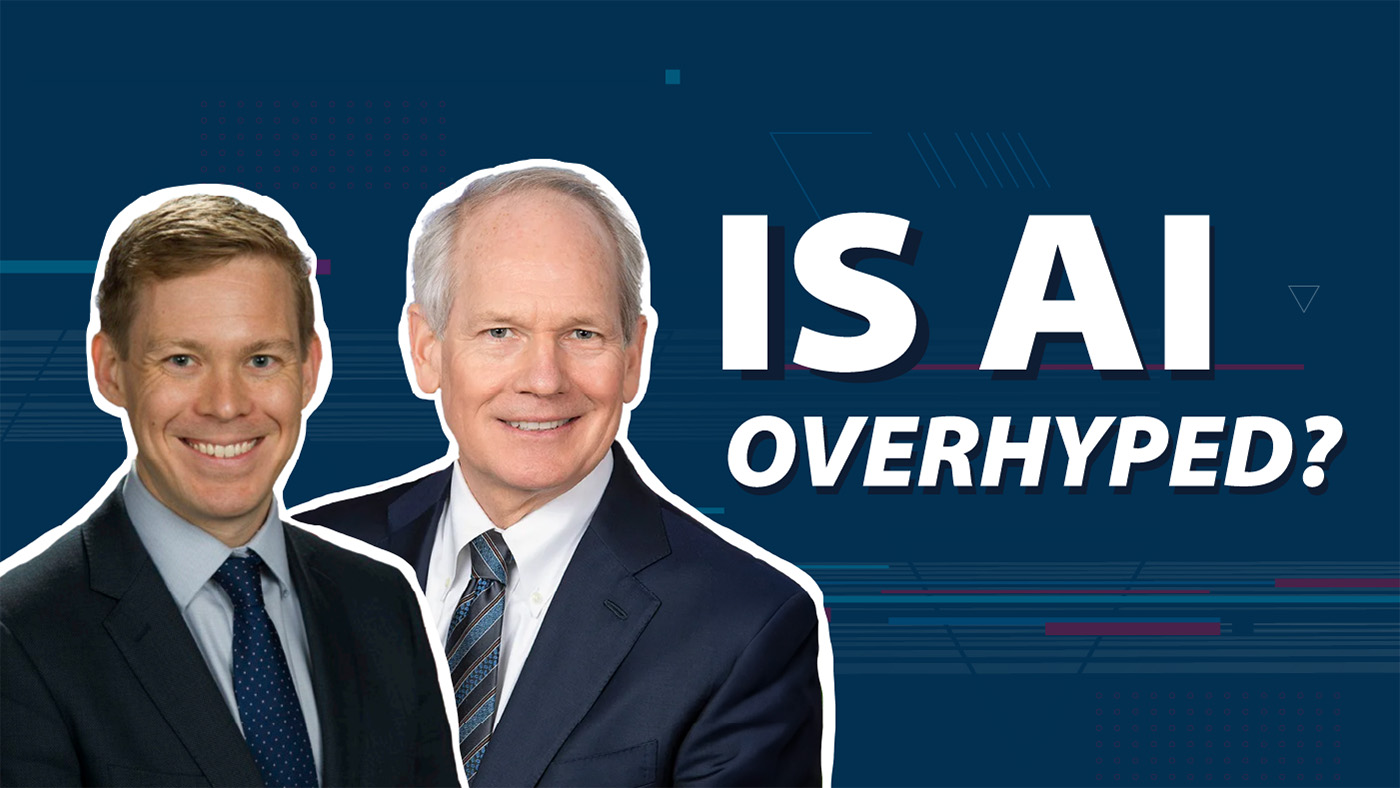This central role for our IT systems means that we need to change the way we look at IT investment management. Historically, IT organizations have been seen as order takers, receiving a list of requested system features. We write specs for those features and manage their delivery, often through third-party contractors. Once a system is in place, we manage it, take new feature requests, and work with development teams to deliver enhancements.
This process iterates for years, until everyone recognizes that the systems in place are hopelessly out of date and that the “state of the art” for such systems has moved on. The solution has drifted from the intended goal, and as a result, the business needs a replacement system. Unfortunately, these sorts of “big bang” rip-and-replace projects are one of the most perilous endeavors our IT industry takes on, and they frequently fail.
There are many who espouse a new approach for IT, and I’m certainly one of them. I believe that a model for IT must embrace the four pillars we set out in our vision. I would argue that IT should run as a Product Group — one where you deliberately define a set of products and services we will build and operate, establish and follow a clear vision and roadmap for execution, focus on iterative process improvement, create experiences that users love and that drive loyalty, and recognize that people are your greatest asset in delivering on your mission.
That’s how we are organizing resources in the Office of Information and Technology. But what does that mean more specifically?
As technology’s role in VA increases, our IT organization must also mature and improve. Moving forward, it’s crucial that we evolve from “order takers” into strategic leaders, leveraging the power of technology to drive meaningful outcomes that will improve the lives of those we serve. Instead of “waiting for requirements,” we must understand and be driven primarily by user problems, and we must proactively address them. Instead of investing all our resources on new functionality and features, we must balance our investment between investing in the new and modernizing the old, iteratively and continuously improving our systems, so that they are always modern. We must see Modernization as a feature that must be invested in just as the next end user-facing feature is. Below and in subsequent postings, I’ll share some of the organizing principles that will help us create a world-class IT organization focused on providing systems that deliver for Veterans, their families, their caregivers, and their survivors.
In this article
Continue reading

1 month ago
Farewell and Reflection on the Incredible Progress VA and OIT Have Made Over the Past Several Years
As I leave my role as the VA Assistant Secretary for Information and Technology and Chief Information Officer (CIO), I reflect on what an honor it has been to have led one of the U.S. government’s most impactful missions.

3 months ago
Inside VA OIT’s Accessibility Comeback
From struggling with compliance to setting the standard, VA leads accessibility innovation with Veteran-driven solutions, transforming lives through inclusive technology.

3 months ago
Is AI Overhyped?
A conversation from the chat logs of the Department of Veterans Affairs Assistant Secretary of Information and Technology and Chief Information Officer Kurt DelBene and Chief Technology Officer and Chief Artificial Intelligence Officer Charles Worthington.

5 months ago
Reducing Complexity in Government IT
VA is one of the best places — if not the best — to be in federal IT. It has an incredibly inspiring mission, and it has great people committed to service.

June 21, 2024
Focusing Our Efforts with OKRs
Ever wondered why some organizations consistently outperform others? It’s all about setting and measuring the right goals. In OIT, our OKRs keep us on track and drive excellence. Learn how we’re making strides to be the top IT organization in the Federal Government!


